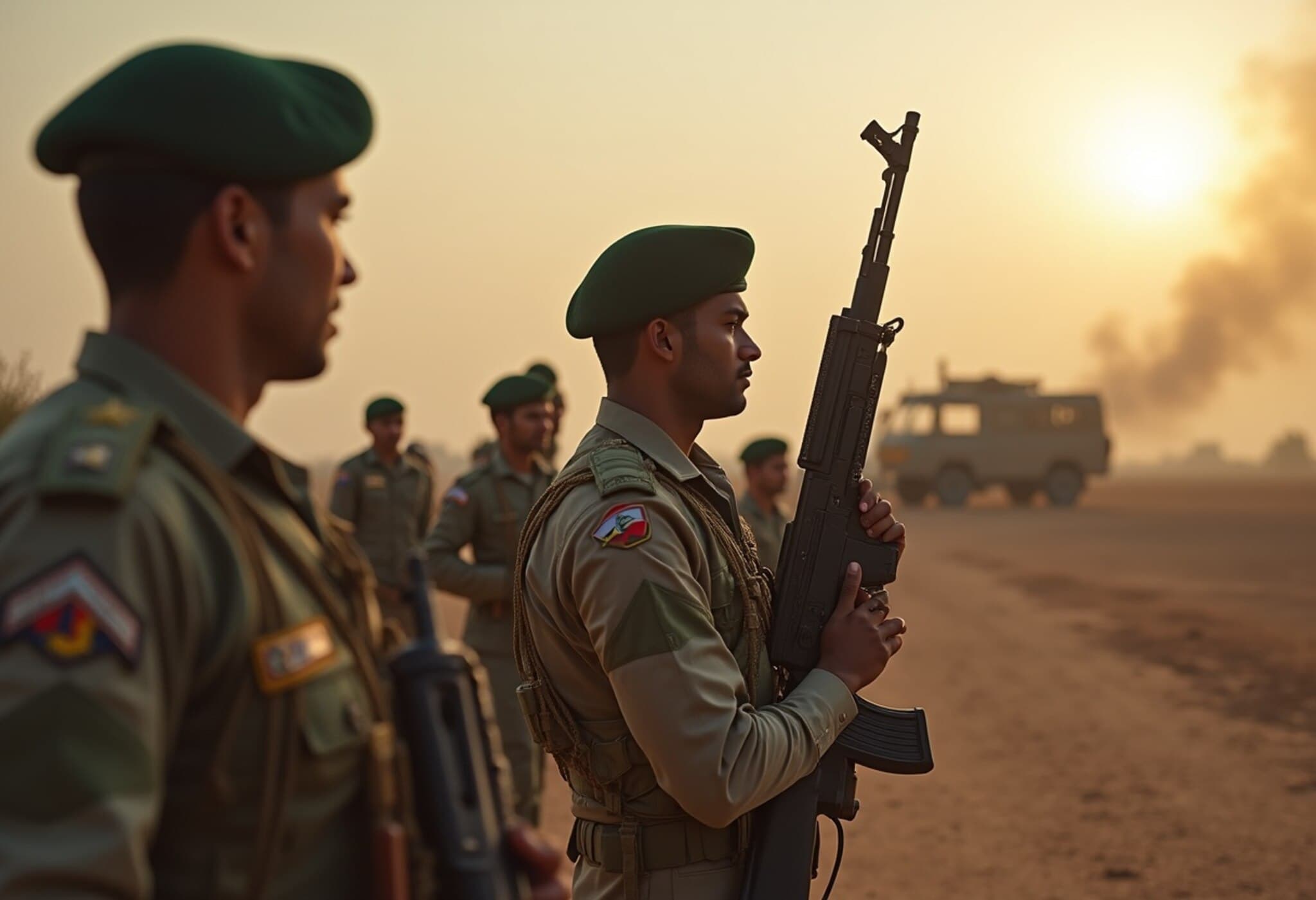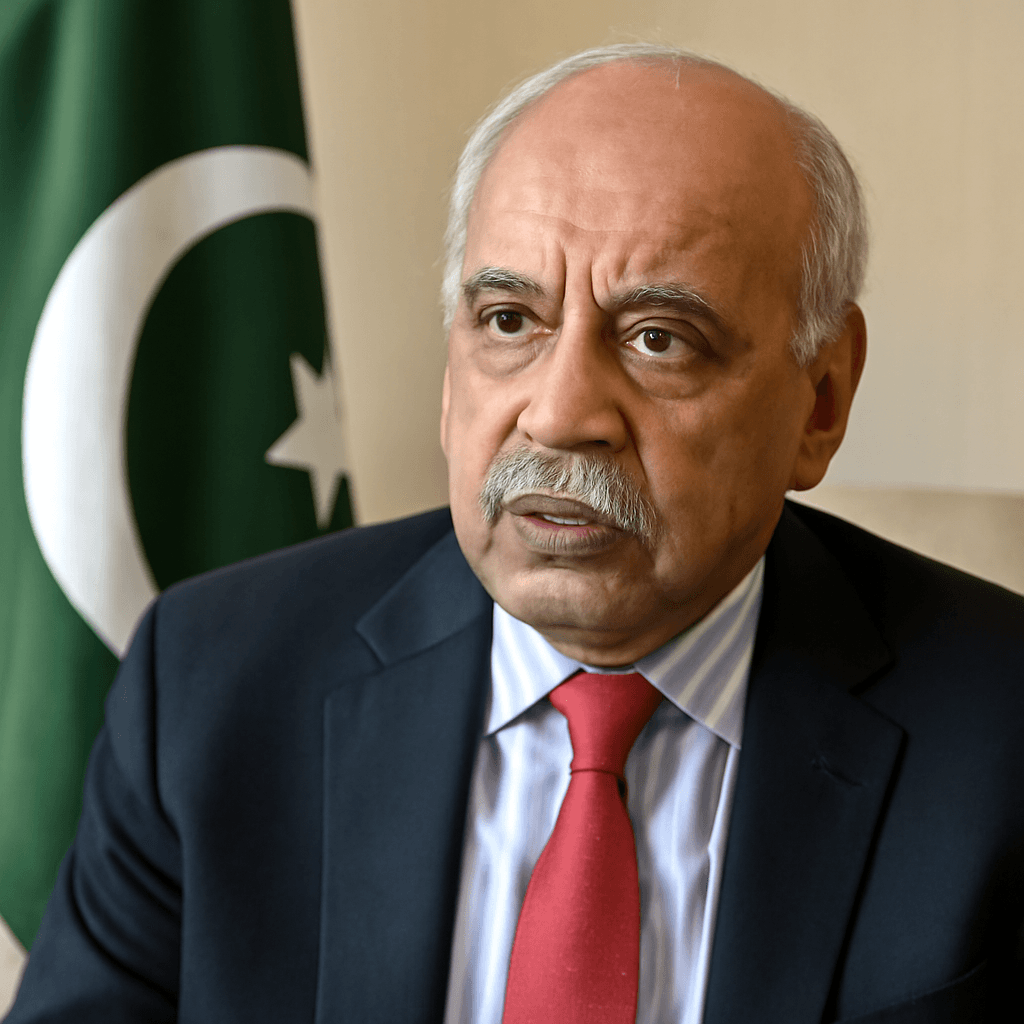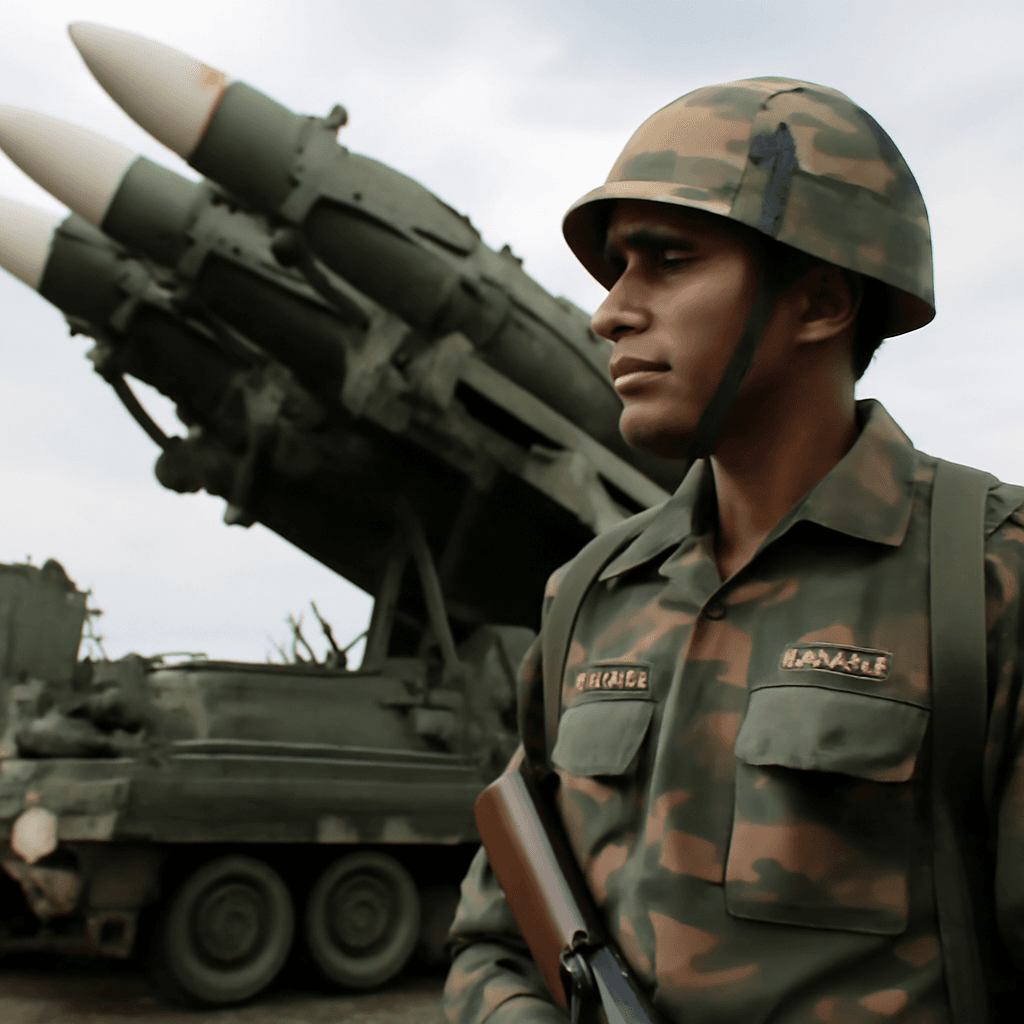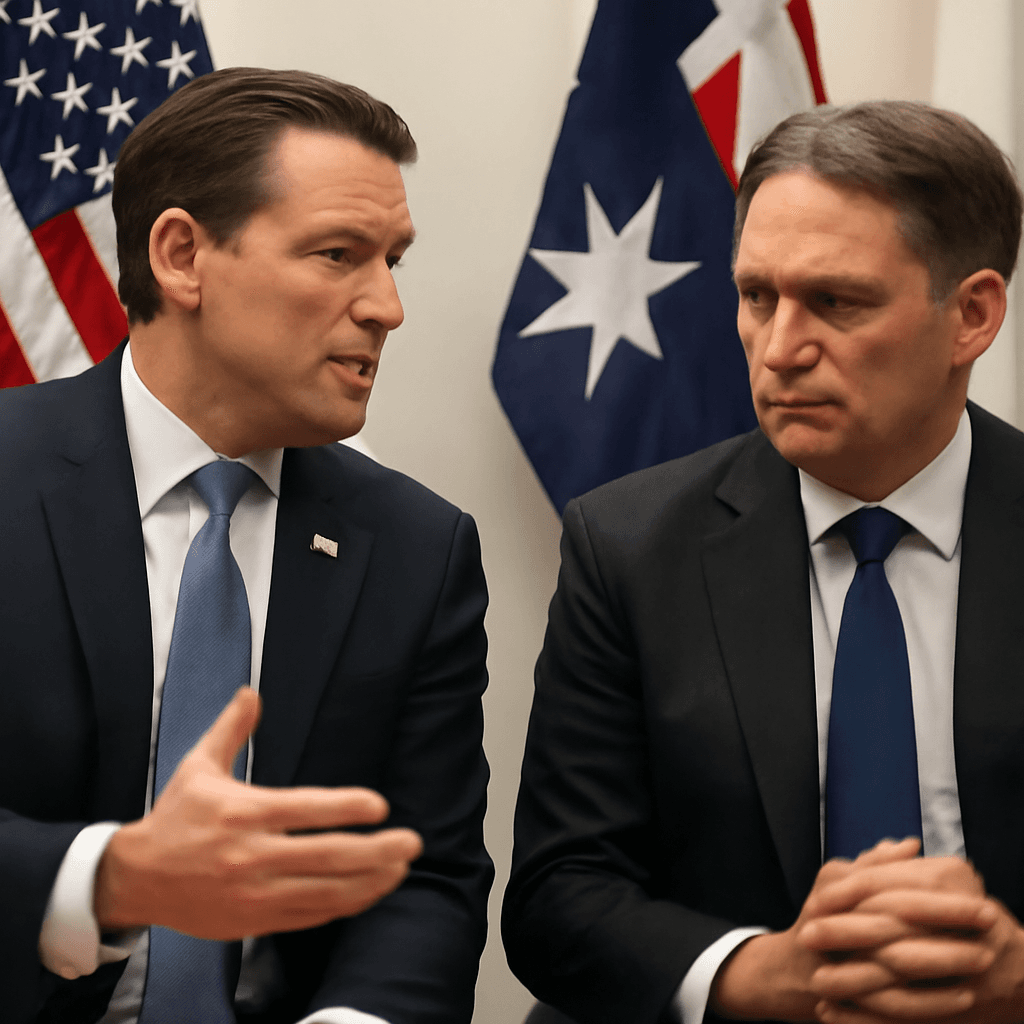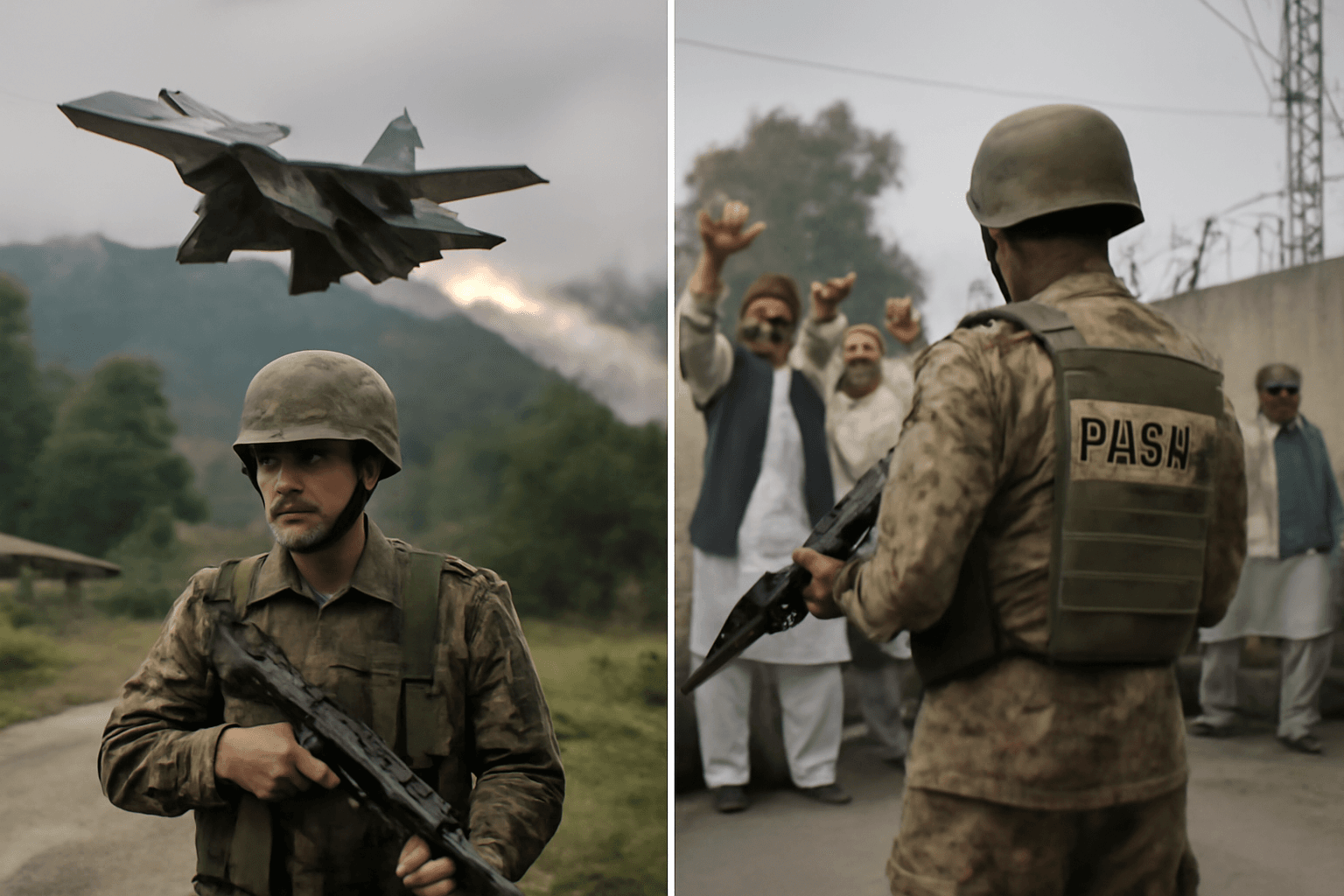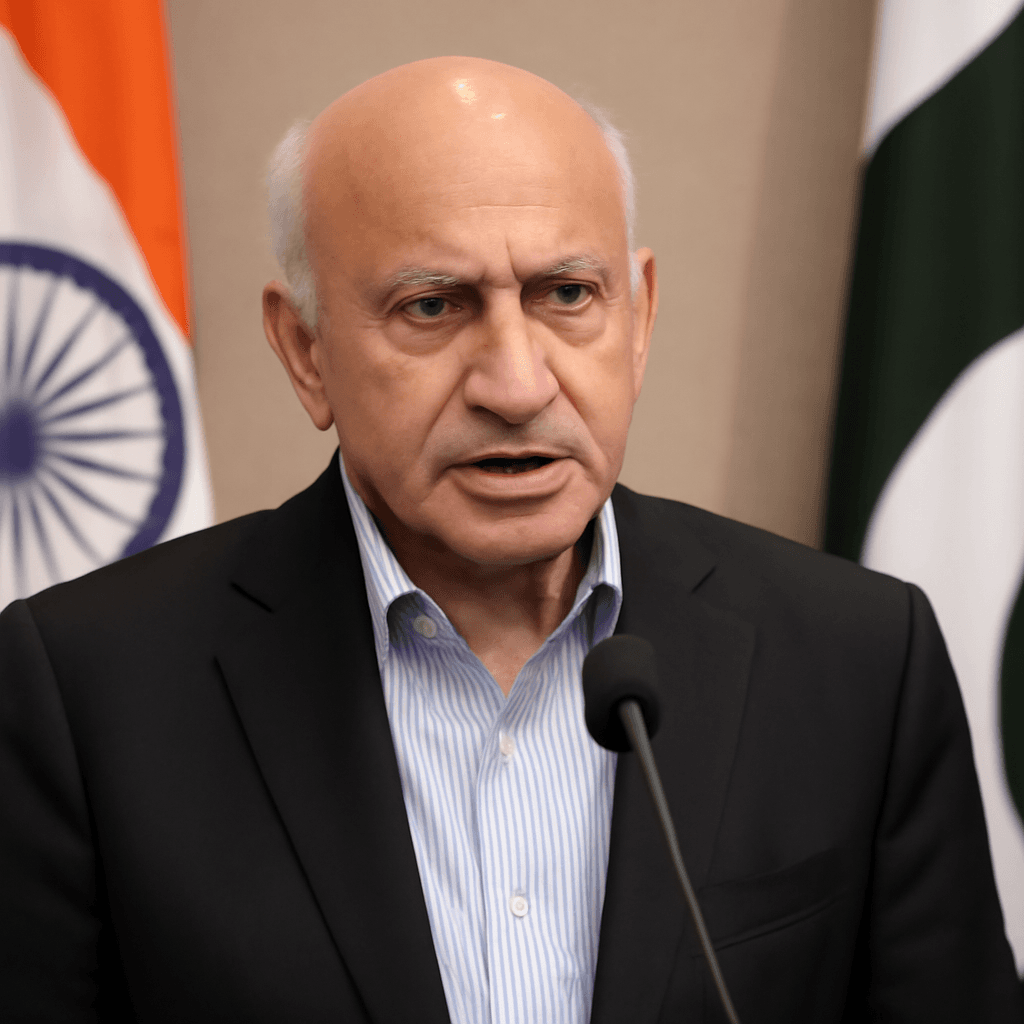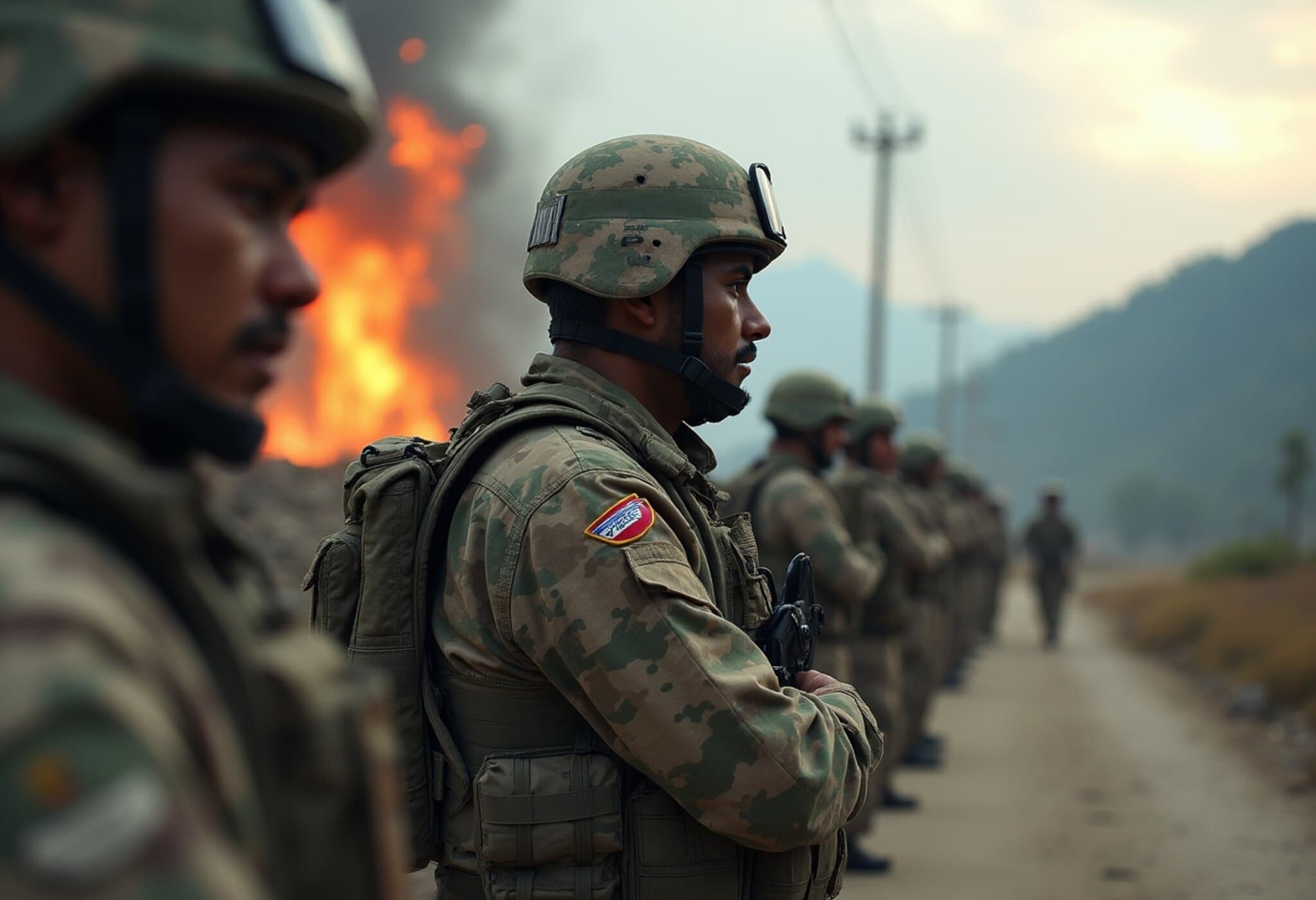Operation Sindoor: Pakistan’s Drone Attacks Thwarted Without Damage
On July 16, 2025, India’s Chief of Defence Staff (CDS) General Anil Chauhan provided critical insights into the recent Operation Sindoor, highlighting how India successfully neutralized Pakistan’s drone incursions without sustaining any damage. Addressing a workshop on the indigenisation of Unmanned Aerial Vehicles (UAVs) and Counter-Unmanned Aerial Systems (C-UAS) in New Delhi, General Chauhan underscored the pivotal role of home-grown technology in securing India’s borders.
Pakistan’s Drone Operations Fizzled Out
During Operation Sindoor, which took place on May 10, 2025, Pakistan deployed unarmed drones and loitering munitions intended to cause disruption. However, none of these devices inflicted damage on Indian military or civilian infrastructure. Most drones were neutralized through a combination of kinetic (physical interception) and non-kinetic (electronic warfare and surveillance) measures.
Remarkably, some of these drones were even recovered almost intact, allowing Indian defence forces to study the enemy’s technology and tactics more closely, further strengthening India’s defence preparedness.
Indigenisation: The Key to Modern Warfare
General Chauhan emphasized that the success in Operation Sindoor was a testament to India’s growing prowess in indigenous defence manufacturing. He urged the armed forces and policymakers alike to prioritize modernization and invest in next-generation technologies.
"You can’t win today’s warfare with yesterday’s weapon systems. Today’s warfare has to be fought with tomorrow’s technology," stated the CDS passionately. This statement resonates with the ongoing global arms race, where technological edge often determines strategic superiority.
Context: The Broader Geo-Strategic Implications
The drone attacks came shortly after a significant terror attack in Pahalgam on April 22, 2025, carried out by Pakistan-backed terrorist groups. In response, India orchestrated precise strikes on nine militant camps across Pakistan and Pakistan-Occupied Kashmir (PoK), targeting hubs of notorious groups like Jaish-e-Mohammed, Lashkar-e-Taiba, and Hizbul Mujahideen.
Despite these countermeasures, Pakistan's strategy, often described as ‘bleeding India with a thousand cuts,’ persists, reflecting a long-standing policy of proxy warfare aimed at destabilizing the region.
Expert Commentary: The Future of Indo-Pak Security Dynamics
The thwarting of drone attacks in Operation Sindoor highlights the evolving nature of warfare on India's western front. As drones become an increasingly common tool for surveillance, smuggling, and attack missions, the ability to detect and neutralize such threats swiftly is critical.
From a policy standpoint, this event urges India to fast-track indigenous research in C-UAS technologies, integrating artificial intelligence and real-time data analytics to pre-empt future threats. Moreover, leveraging recovered drones to reverse-engineer adversary technologies presents a strategic advantage.
What Lies Ahead: Challenges and Opportunities
- Modernization Drive: India must continue upgrading its defence systems, especially in electronic warfare and unmanned tech.
- Policy Reforms: Strengthening inter-agency coordination to respond to hybrid warfare tactics is crucial.
- Regional Stability: Sustained efforts towards dialogue and conflict resolution must complement military preparedness to achieve lasting peace.
Editor’s Note
The revelations by CDS General Anil Chauhan offer a glimpse into the silent battles currently shaping South Asia’s security landscape. While the neutralization of Pakistan’s drone attacks during Operation Sindoor marks a significant tactical victory for India, it also serves as a reminder of the increasing complexity of modern warfare where technology and innovation reign supreme.
As India invests in indigenous capabilities, the broader questions remain: How will regional dynamics shift with advancing technologies? Can India balance military preparedness with diplomatic efforts to defuse enduring tensions? The answers will define the trajectory of peace and security in this volatile neighborhood.

